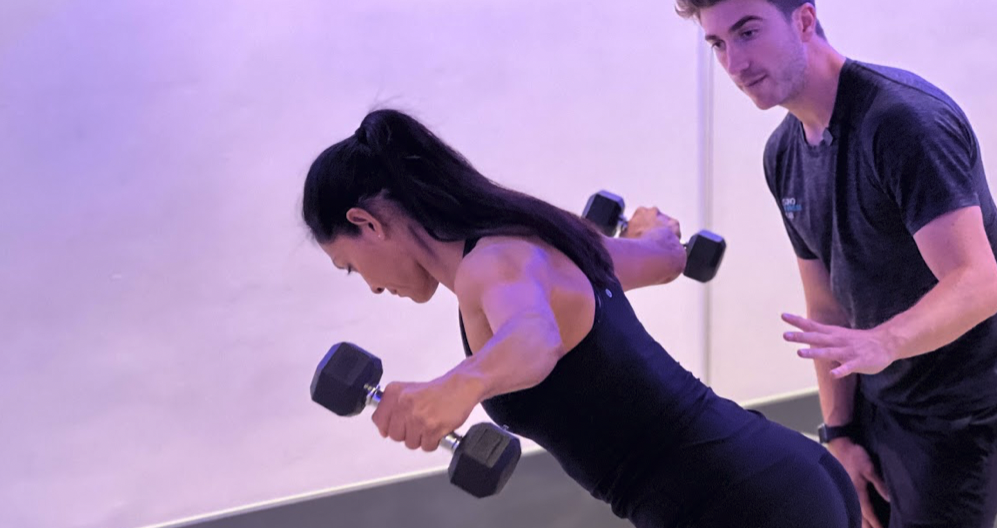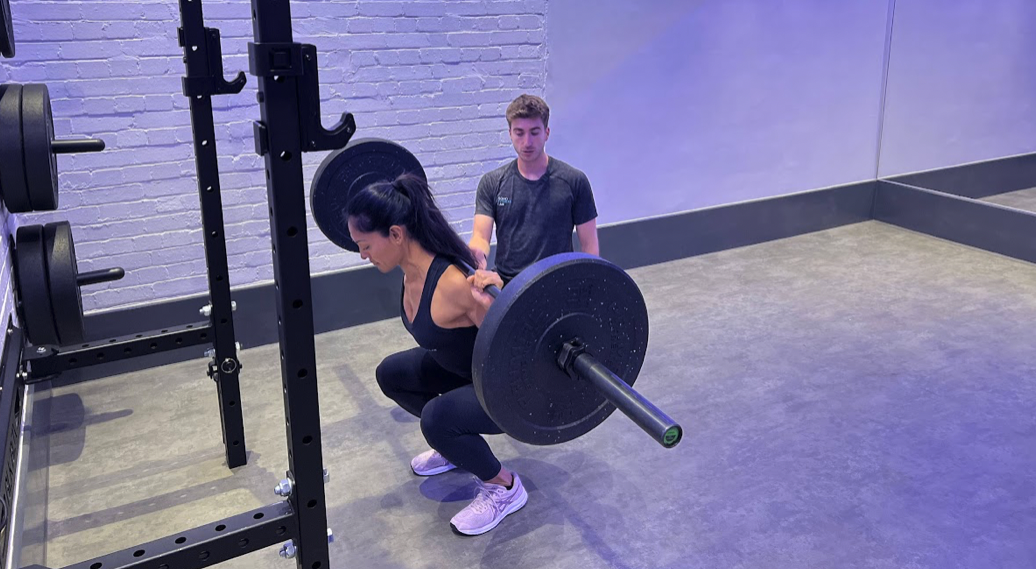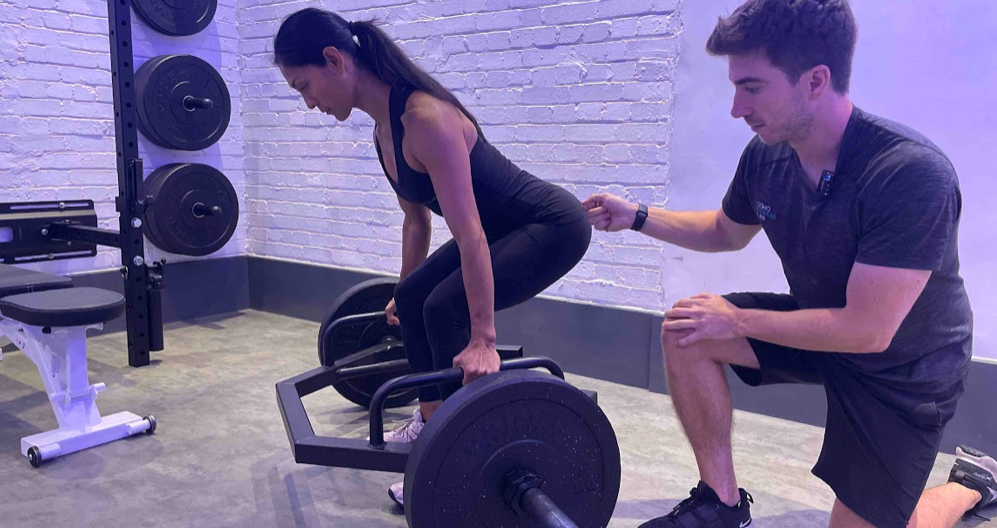Unleashing the Power of Your Posterior Chain: A Comprehensive Guide
Strengthening and improving the flexibility of these muscles can enhance your strength, power, posture, and overall well-being
Strengthening and improving the flexibility of these muscles can enhance your strength, power, posture, and overall well-being

The human body is a marvel of intricate systems, and understanding these systems empowers us to reach our full physical potential.
One crucial system often overlooked is the posterior chain.
This powerhouse of muscles plays a vital role in everyday activities and athletic performance.
In this comprehensive guide, we'll delve deep into the world of the posterior chain, answering your top questions and providing actionable insights to help you unlock its power.

Imagine a chain of muscles running along the entire backside of your body, from your heels to the base of your skull.
This is your posterior chain, a network of powerful muscles working synergistically to support movement, stability, and posture.
These muscles include:

The posterior chain isn't just about aesthetics; it's fundamental to overall physical well-being. A strong posterior chain translates to:
Whether you're a sprinter, weightlifter, or simply enjoy an active lifestyle, a strong posterior chain provides the foundation for explosive movements, speed, and power.
Think of the powerful hip extension in a sprint or the force generated in a jump – that's your posterior chain at work.
The muscles in your posterior chain, especially the erector spinae, work tirelessly to keep your spine aligned and your body upright.
A strong posterior chain combats the effects of prolonged sitting and promotes a healthy, confident posture.
Strong glutes and hamstrings help stabilize your knees and hips, reducing the risk of common injuries.
A stable back, thanks to a strong erector spinae, protects your spine during lifting and everyday activities.
Many cases of back pain stem from weak posterior chain muscles.
Strengthening these muscles provides better support for your spine, alleviating pain and promoting long-term back health.
The posterior chain houses some of the largest and most powerful muscles in your body.
Developing these muscles translates to increased overall strength and power, making everyday activities easier and enhancing athletic performance.
There's a wide array of exercises that effectively target the posterior chain. Here are some examples, categorized by the primary muscles they engage:
Remember to choose exercises appropriate for your fitness level and gradually increase the intensity or resistance as you progress.

Flexibility is just as important as strength when it comes to the posterior chain.
Tight muscles can lead to imbalances, pain, and decreased performance. Here are some effective stretches:
Sit on the floor with legs extended. Reach towards your toes, keeping your back straight. Hold for 30 seconds.
A yoga pose that stretches the glutes and hip flexors. Start on your hands and knees.
Bring your right knee forward and place it behind your right wrist. Extend your left leg behind you. Lean forward from your hips, keeping your back straight. Hold for 30 seconds and repeat on the other side.
Lie on your back with knees bent and feet flat on the floor. Gently pull your knees towards your chest, holding for 30 seconds.
Stand facing a wall with one leg straight and the other leg bent. Lean forward until you feel a stretch in your calf. Hold for 30 seconds and repeat on the other side.
The ideal training frequency depends on your fitness goals and overall training schedule.
However, aiming for at least two dedicated posterior chain workouts per week is a good starting point.
You can also incorporate posterior chain exercises into your full-body routines.
Listen to your body and allow for adequate recovery between workouts. Prioritize proper form over heavy weight to avoid injuries.
Several signs may indicate a weak posterior chain:
If you experience any of these signs, it's essential to focus on strengthening and improving the flexibility of your posterior chain.

Absolutely. A weak posterior chain can significantly hinder athletic performance across various disciplines. It can limit your speed, power, and agility.
For example, weak glutes and hamstrings can reduce your sprinting speed and jumping ability.
A weak back can limit your lifting capacity and overall strength.
Prioritizing posterior chain development is crucial for athletes seeking to optimize their performance and reach their full potential.

While not always mandatory, consulting with a qualified fitness professional, such as a certified personal trainer or physical therapist, can be highly beneficial, especially if:
A professional can assess your individual needs, identify any imbalances, and create a tailored program to safely and effectively strengthen your posterior chain.
They can also provide guidance on proper form and technique, reducing your risk of injury.
Even with the best intentions, people often make mistakes that hinder their posterior chain development. Here are some common pitfalls to avoid:
Many focus solely on the glutes or hamstrings, neglecting other crucial muscles like the erector spinae and calves. Remember, the posterior chain is a system, and all its components need attention.
Incorrect form can lead to injuries and reduce the effectiveness of exercises. Prioritize quality over quantity, focusing on proper technique before increasing weight or resistance.
Give your muscles adequate rest to recover and grow stronger. Overtraining can lead to fatigue, injuries, and plateaus in progress.
Tight muscles can restrict movement and increase the risk of injury. Incorporate regular stretching and mobility exercises to maintain flexibility in the posterior chain.
To continue making progress, you need to gradually increase the challenge to your muscles. This can be done by increasing weight, resistance, or reps.
By being mindful of these common mistakes, you can optimize your posterior chain training and achieve better results.

The posterior chain is a vital muscle group that plays a crucial role in everyday activities and athletic performance.
By incorporating the exercises and stretches outlined in this guide, and being mindful of common mistakes, you can unlock the power of your posterior chain and experience the numerous benefits it offers.
Remember to listen to your body, prioritize proper form, and seek professional guidance when needed.
With dedication and consistency, you can build a strong and resilient posterior chain that will serve you well in all aspects of your life.
Your cart is currently empty.
Start Shopping